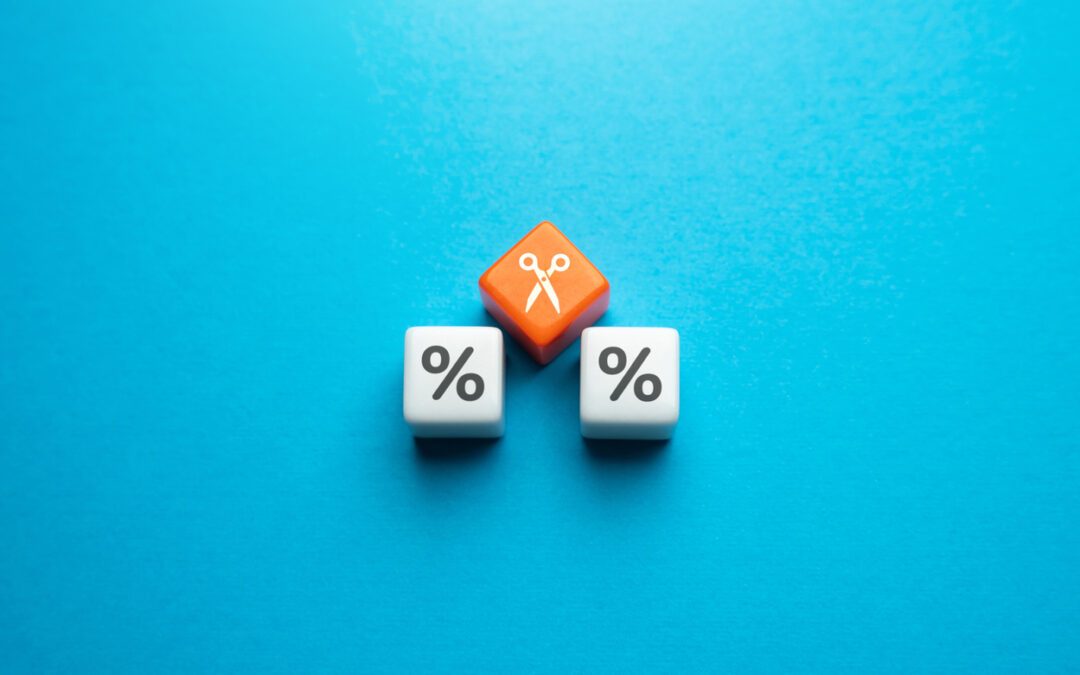This week, we published our updated economic projections for the major economies and the Nordics, see Nordic Outlook – Return to Nordic growth, 5 March. While political risks remain high, the global economy is performing better than feared. The Nordic economies are currently in stagnation or mild recession, but our forecasts point to gradual return to normal growth over the coming years, supported by lower interest rates, higher purchasing power and lower inflation.
The ECB held interest rates unchanged as was expected. At the press conference President Lagarde was quite clear with guidance for a June rate cut, as she emphasised the need for more data ahead of the decision. Whilst April was not definitively ruled out, she said they will know a little more in April, and a lot more in June. We doubt that the incoming data ahead of the 11 April meeting will be sufficiently weak to change that view, and still expect ECB to deliver its first rate cut in June. The ECB’s new staff projections saw a downward revision of the 2024 projections across growth, headline and core inflation. Read more in our Flash: ECB Review – June cut is coming, 7 March.
In the US, the so-called Super Tuesday this week confirmed that the presidential election in November will most likely be a rematch between Biden and Trump after republican Nikki Haley officially dropped out of the race. Fed Chairman Powell did not provide new policy signals in his testimonies to Congress. We still expect Fed to start rate cuts in May.
China announced that its official GDP growth target for this year will be 5%. The announcement was expected but markets were clearly disappointed with the lack of stimulus signals in the ‘Work Report’. On a more positive note, trade data on Thursday confirmed a significant rebound in both exports and imports from a year ago. These signals are in line with our view of a ‘muddling through’ in China and the gradual recovery of the global industrial cycle.
Markets moved largely sideways this week. The biggest mover was gold that recorded a fresh all-time high above USD 2160 per troy ounce. The sudden rush to this traditional inflation hedge and safe-haven fits together with the decline in yields seen this week.
In geopolitics, there has been no breakthrough in ceasefire talks between Hamas and Israel. Israel has threatened to attack the city of Rafah by 10 March if hostages are not released. In our view, if the talks fail and Israel storms Rafah, it marks yet another escalation of the conflict and raises the risk of retaliation by Iran-backed militant groups in the region.
Next week, in euro area, industrial production figures for January are due on Wednesday. Final country-level CPI prints for February are also out during the week. In the US, focus is on February CPI data that is released on Tuesday, retail sales on Thursday and the Michigan survey on Friday. In Japan, the biggest labour union will release the latest tally of pay deals on Friday. This will be the first indication of whether wage growth is creating sustainable inflation pressures that would warrant monetary policy tightening. In China, we get credit and money growth data next week, but the date is not set. On Friday, the PBOC announces medium-term lending facility rates, which we expect to stay unchanged.
Full report in PDF.









